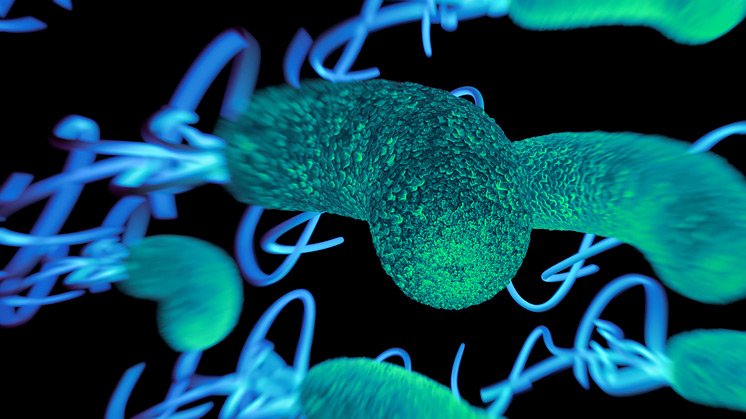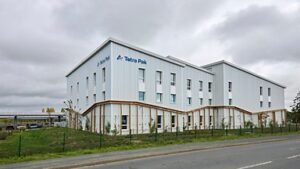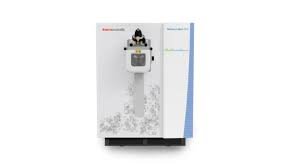Thursday, 13 November 2025
Scientists in London work on food poisoning bacteria
The new study revealed how the bacteria can infiltrate micro-organisms called amoebae, multiplying within their cells while protected inside its host from harsh environmental conditions. A team of scientists from…

The new study revealed how the bacteria can infiltrate micro-organisms called amoebae, multiplying within their cells while protected inside its host from harsh environmental conditions.
A team of scientists from London’s Kingston University has shown how the food poisoning bacteria Campylobacter can multiply and spread inside micro-organisms called amoebae- which could lead to a better understanding of how bacteria survive and help efforts to prevent the spread of infection.
The new study revealed how the bacteria can infiltrate micro-organisms called amoebae, multiplying within their cells while protected inside its host from harsh environmental conditions.
The team used a modification of a process that assesses the bacteria’s ability to invade cells, called the gentamycin protection assay, to confirm they can survive and multiply while inside the amoeba’s protective environment.
This allows Campylobacter to thrive, escaping the amoeba cells in larger numbers, shining a light on how it spreads and causes disease.
As part of the study, the researchers showed how a system used by the bacteria to expel toxins, known as a multidrug efflux pump, plays a key role in its ability to thrive within the amoebae.
The team examined how this system helps the bacteria become resistant to antibiotics, which could lead to new methods of preventing resistance from developing.
Technology
Tetra Pak opens Product Development Centre in France
Nov 13, 2025 | Company News
MENU ORDER AI to launch app aimed at GLP-1 users and health-conscious diners
Nov 10, 2025 | Company News
Harnessing Quantum AI for Greener Minds and Healthier Futures
Nov 10, 2025 | Interaction
Food Testing
Intertek acquires Costa Rican testing business Suplilab
Nov 07, 2025 | Company News
Thermo Fisher Scientific launches Orbitrap mass detector for food safety testing
Oct 24, 2025 | Company News
ADM advances quality capabilities with opening of new Central Milling Laboratory
Oct 16, 2025 | Company News
More Popular
Syren Spreads launches spoonable adaptogenic beauty chocolate
Nov 13, 2025 | Company News
Gunpowder Irish Gin expands with new Italian Fig & Laurel Expression
Nov 13, 2025 | Beverages
8 winter foods that transform your skin by healing your gut first
Nov 13, 2025 | Beverages






